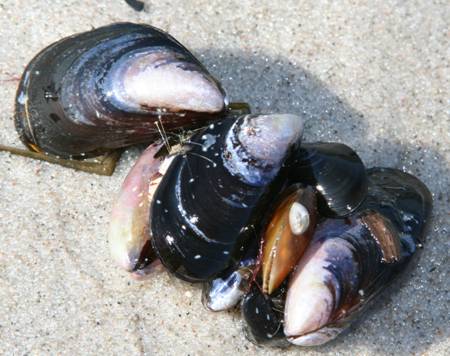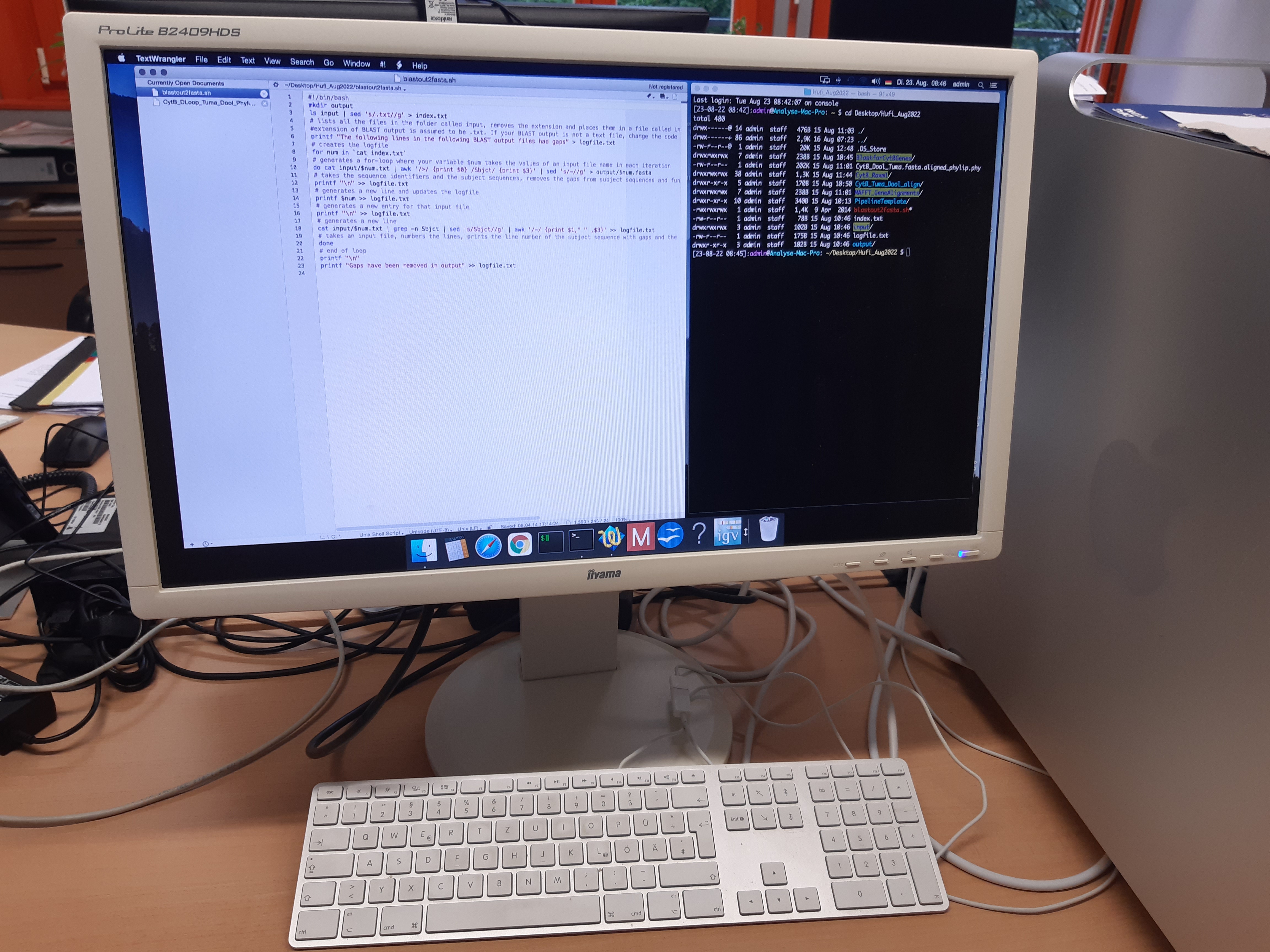The main research focus is on genetic and genomic differences between populations within the distribution range of a species. We explore the spatial genetic structure and the origin of populations (biogeography) as well as to what extend populations exchange genes with each other (connectivity). This is to understand principles and mechanisms driving the differentiation between populations. It includes studying how individuals can cope with different biotic and abiotic conditions that are present within the species’ distribution area (acclimation, adaptation). Because genetic and genomic screens of populations often reveal interspecific gene flow (hybridization), our research also covers aspects of species delimitation (alpha taxonomy) and questions regarding the evolutionary significance of hybridization (e.g., adaptive hybridization).
This research agenda is currently implemented in the following long term projects:
- We are interested in understanding how marine invertebrates can colonize habitats with extremely low salinity and use mussels (Mytilus spec.) as model organism and the Baltic Sea as model region. This research contributes to understanding evolutionary processes and consequences of climate change.
- We explore biogeography and genetic connectivity of invertebrates in deep sea environments. These activities contribute to exploring deep sea biodiversity with relevance to impact assessments (e.g., in the context of deep sea mining).
- We explore the spatial genetic structure and interspecific gene flow (hybridization) of different taxa. This research is being performed in the context of evolutionary research (e.g., speciation) and conservation.
Given our interest in acclimation/adaptation at the intraspecific scale, the population genetics group established a complementary research focus. This is on identifying genomic loci underlying phenotypic differences between species. We are part of research consortia which employ novel approaches in comparative genomics, e.g. Forward Genomics. For instance, we are interested in exploring how gene losses contributed to phenotypic differences between mammals.
The group leader (Heiko Stuckas) is associated to the TU Dresden (Faculty of Biology, Applied Zoology; https://tudaz.net/people/) and teaches in the Master Courses Organismic and Molecular Biodiversity (OMB; https://tu-dresden.de/ihi-zittau/studium/studienangebot/organismic-and-molecular-biodiversity?set_language=en ) and Biology in Society (BioS; https://tu-dresden.de/mn/biologie/studium/studieren-an-der-fachrichtung-biologie/master-biology-in-society). Teaching (lectures seminary, practical classes) covers subjects related to molecular genetics, population genetics/genomics and conservation genetics.



Figure 1: The population genetics group performs integrative research in the context of biodiversity and conservation and covers aspects related to biogeography, connectivity, adaptation, phenotypic plasticity, and hybridization.